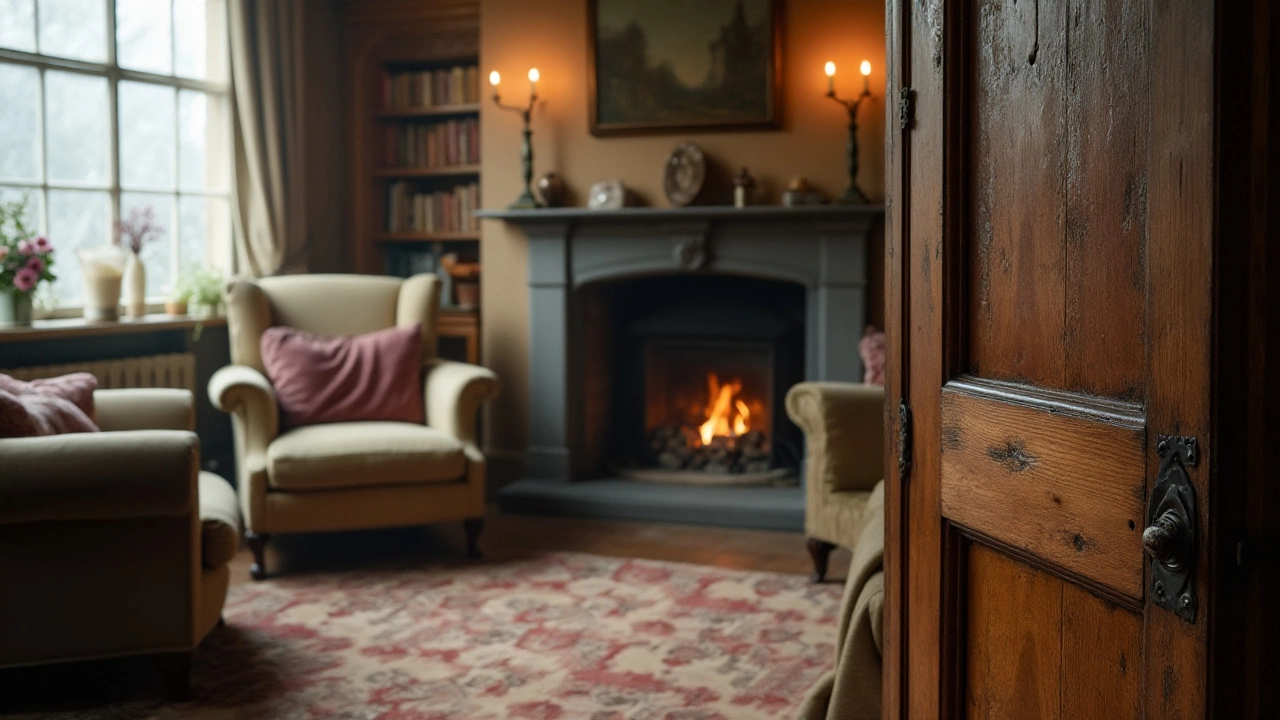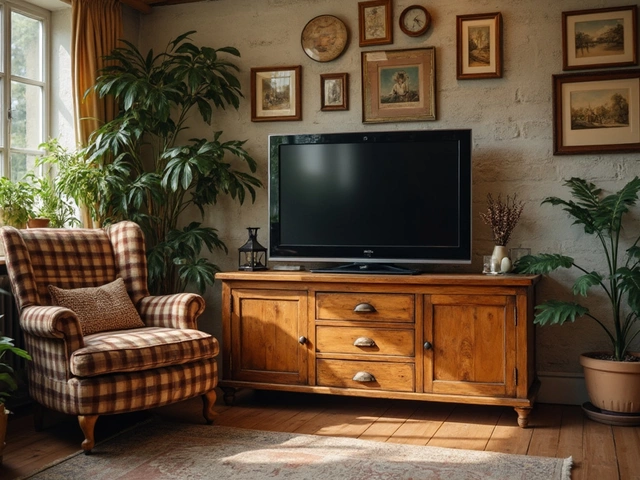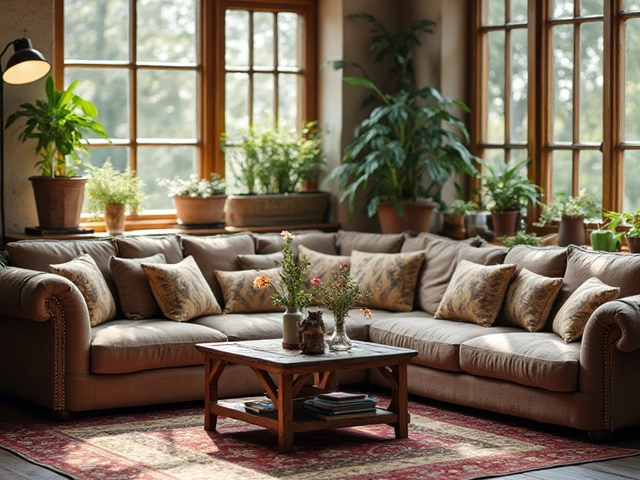Cold Damage: How Low Temperatures Harm Your Furniture and Simple Fixes
Ever left a sofa or a wooden table in a chilly garage and later found cracks or warping? Cold isn’t just uncomfortable – it can actually damage the pieces you love. In this guide we walk through what happens when furniture meets freezing temps and give you quick, cheap steps to keep everything in shape.
What Cold Does to Wood, Fabric and Finish
Wood expands and contracts with temperature changes. When the air gets cold and dry, the wood loses moisture, shrinks, and can split or warp. Even engineered boards aren’t immune – joints loosen and veneers may peel.
Fabrics suffer too. Natural fibers like cotton or linen absorb moisture from the air. In a cold garage that’s also damp, that moisture can turn into mold or mildew. Synthetic covers can become brittle, cracking the seams.
Finishes and paints also get a raw deal. Low temps slow down the curing process, leaving a soft surface that scratches easily. Metal legs or frames can develop rust if condensation forms during temperature swings.
Easy Ways to Stop Cold Damage Before It Starts
1. Choose the right storage spot. If you have a climate‑controlled unit, use it. If you must use a garage, pick a side away from the door where temperature stays more stable.
2. Wrap it up. Use breathable furniture covers, old blankets, or moving pads. Avoid plastic that traps moisture – it can cause mold.
3. Keep humidity in check. A small dehumidifier or silica gel packs inside drawers helps keep the air dry. Check the packs every few weeks and replace them.
4. Elevate your pieces. Put furniture on pallets or a raised platform. This stops the bottom from sitting on cold concrete, which can draw heat out of the legs.
5. Add a heat source. A low‑wattage space heater (set on a timer) can keep the temperature just above freezing. Make sure the heater is safe for an unattended space.
Finally, give everything a quick inspection before you store it. Tighten screws, clean surfaces, and dry any spills. A clean piece is less likely to attract mold later.
Following these steps means you won’t wake up to cracked legs or a musty couch after winter. Your furniture stays sturdy, looks great, and lasts longer – no expensive replacements needed.



